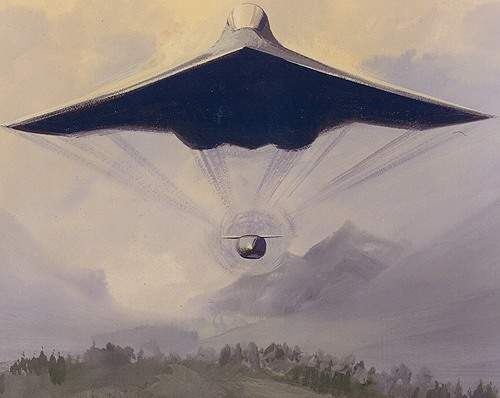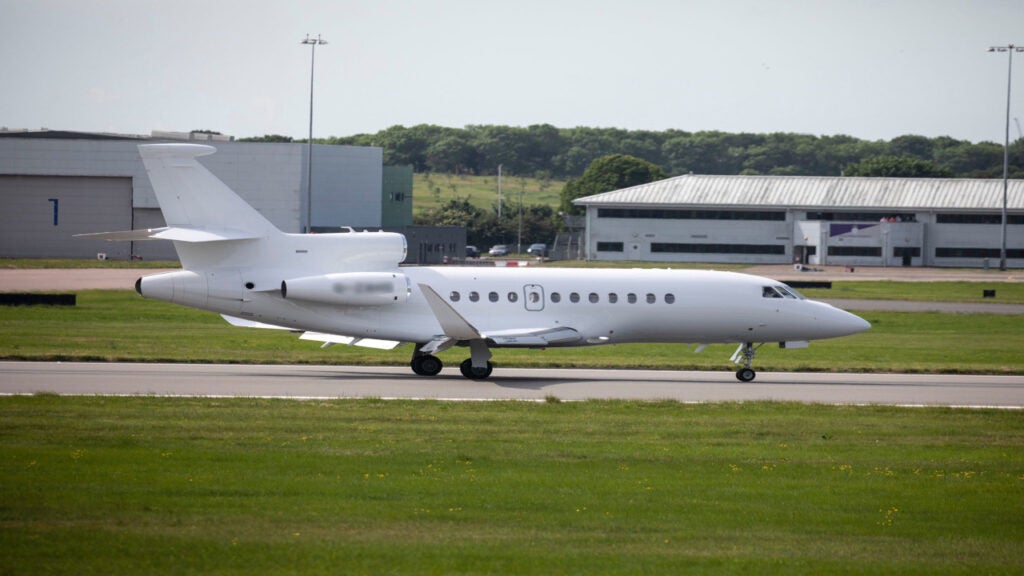
FOAS, or the Future Offensive Air System, is the name given to a number of concept options which were being examined for the UK Ministry of Defence’s requirement to replace the capabilities provided by the Tornado GR4 aircraft. The aircraft and airborne systems developed under the FOAS initiative would become operational around the year 2018 when the Tornado GR4s reach the end of their operational lives. The FOAS research program was running in parallel to two major UK defence initiatives – on the new future aircraft carrier (CVF) and on the Future Joint Combat Aircraft (FJCA), formerly known as the Future Carrier Borne Aircraft (FCBA), for which the STOVL (Short Take-Off Vertical Landing) variant of the F-35 Joint Strike Fighter was chosen in September 2002.
An “initial gate” decision to move the project into the assessment phase was not taken and the project was closed down in June 2005. The Future Combat Air Capability Programme will be looking at the force mix of aircraft and missiles already under procurement and the Strategic Unmanned Aerial Vehicle Experiment (SUAVE) will be investigating UAV technologies in the light of the replacement of the Tornado GR4.
BAE Systems was examining the best combined force mix, comprising manned aircraft, Uninhabited Air Vehicles (UAVS) and Conventional Air Launched Cruise Missiles (CALCM).
MANNED AIRCRAFT
Options being evaluated for the FOAS Manned Aircraft included variants of developed aircraft such as the Eurofighter and the Joint Strike Fighter (JSF), rather than dedicated new build design aircraft. The manned aircraft would operate in long range, low level missions, using stealth technologies and terrain screening. Electronic warfare research areas being examined included multisensor data fused networks, more powerful radar and countermeasures processors, and the frequency dependence of stealth technologies, sensors and decoys.
MBDA has been selected to evaluate the possibility of using the Airbus Military A400M as a platform for air-launched cruise missiles as part of the FOAS programme.
UNINHABITED AIR VEHICLES
Uninhabited Air Vehicles (UAV), which are currently used for surveillance, weapon targeting, command and control as well as for electronic warfare, were being studied within the FOAS program. A range of UAVs would be deployed. Intelligence, surveillance, reconnaissance and combat UAVs are capable of operating autonomously or in cooperation with manned aircraft to increase operational flexibility and reduce aircrew loss or capture during high-risk missions.
CONVENTIONAL AIR-LAUNCHED CRUISE MISSILES
Conventional air-launched cruise missiles are an integral part of the FOAS force mix, through the launch of waves of stand-off weapons from positions behind the front line. Studies of fire-and-forget missile technologies are underway on propulsion, on guidance (using millimetre-wave and imaging infrared with focal plane arrays) and on robustness against countermeasures. The CALCM studies are assessing the viability of a range of concepts for the deployment of large numbers of cruise missiles launched from adapted airliners, military transporters or maritime patrol aircraft. Both internal and external carriage options are under evaluation, with launch, command, control and operational issues also playing a key part in force mix assumptions.
Two parallel studies have been contracted by the MOD, to MBDA (formerly Matra BAe Dynamics) and Aerosystems UK. MBDA, teamed with Lockheed Martin Aeronautical System, BAe Airbus and Flight Refuelling Limited, has been contracted to perform feasibility and concept studies for both the overall FOAS CALCM system and the missile itself.
Studies are considering all aspects of weapon carriage and release, ground handling, stores management, and operational analysis. MBDA is making use of advanced technologies such as synthetic environment to ensure that the current feasibility studies deliver the most technologically advanced and cost-effective solution.
MBDA studies to date have defined a FOAS-CALCM solution, which consists of a combination of advanced cruise missiles, modular carriage and release concepts, datalinking to satellites, JSTARS or other command, control, communications, computers and intelligence (C4I) assets, and real-time battle damage assessment. The output from the studies will support the forthcoming MoD combined operational effectiveness and investment appraisal (COEIA).
MBDA also maintains a key position as weapon supplier in the team developing the technology demonstrator programme, with inputs into demonstrators aligned with the new breed of cruise missile system envisaged for the future FOAS mission.
Aerosystems International, based in Yeovil and teamed with Aerostructures Hamble Limited, Frazer Nash Consultancy Limited and Flight Refuelling Limited, has been contracted to carry out concept studies of CALCM systems to generate performance parameters that will be used in the MOD’s formulation of technology demonstration and system prototype programmes.
C4ISTAR
Teams led by BAE Systems and LogicCMG have been given contracts by the UK Ministry of Defence to investigate technologies for Command, Control, Communications, Computers, Information/Intelligence, Surveillance, Targeting Acquisition and Reconnaissance (C4ISTAR) in support of the FOAS programme. The BAE team includes: EDS Defence, AMS, Lockheed Martin, Aerosystems International, Northrop Grumman IT Europe, Royal Military College of Science, MBDA and Astrium. LogicaCMG is teamed with Raytheon, Qinetiq and EADS Germany.



